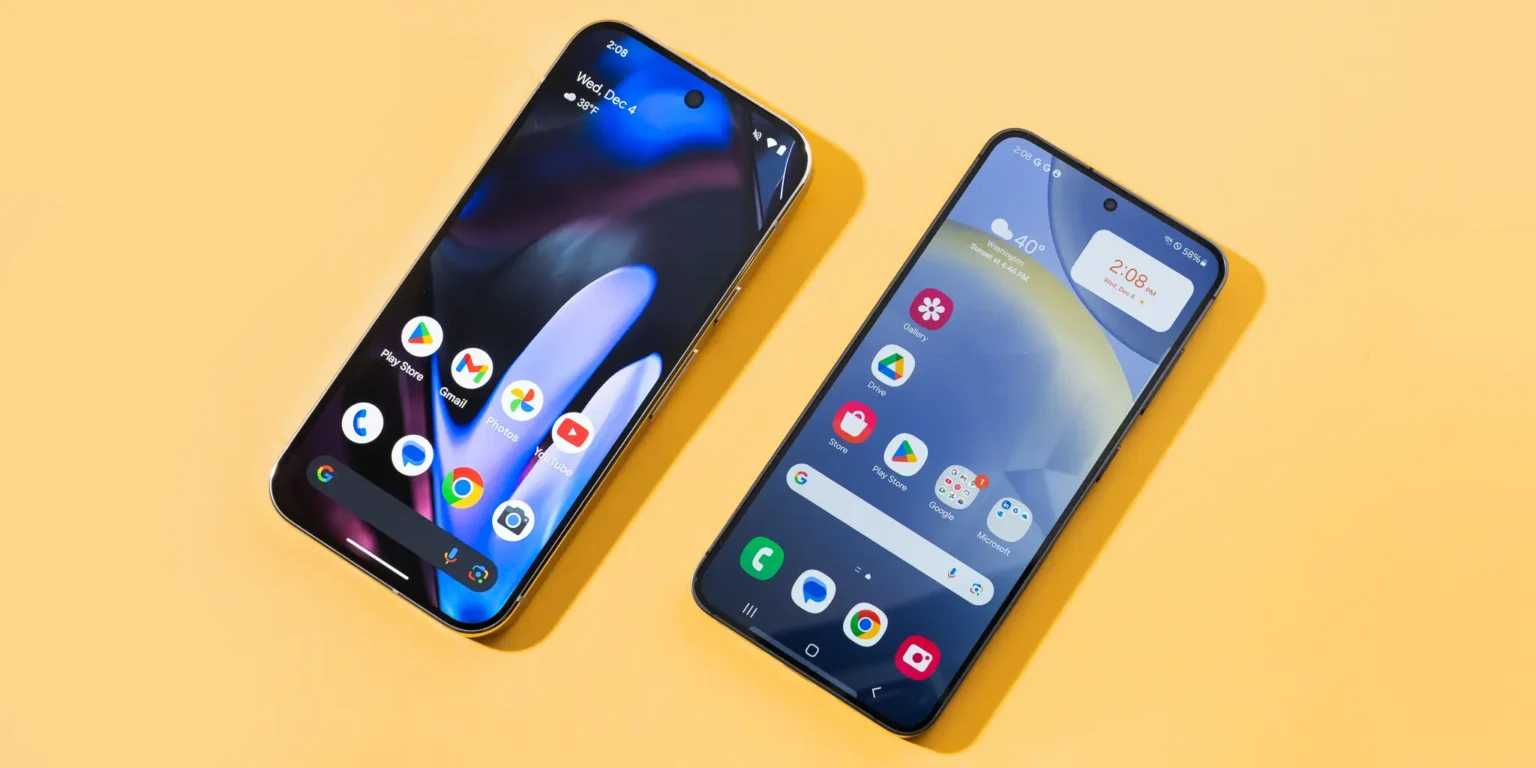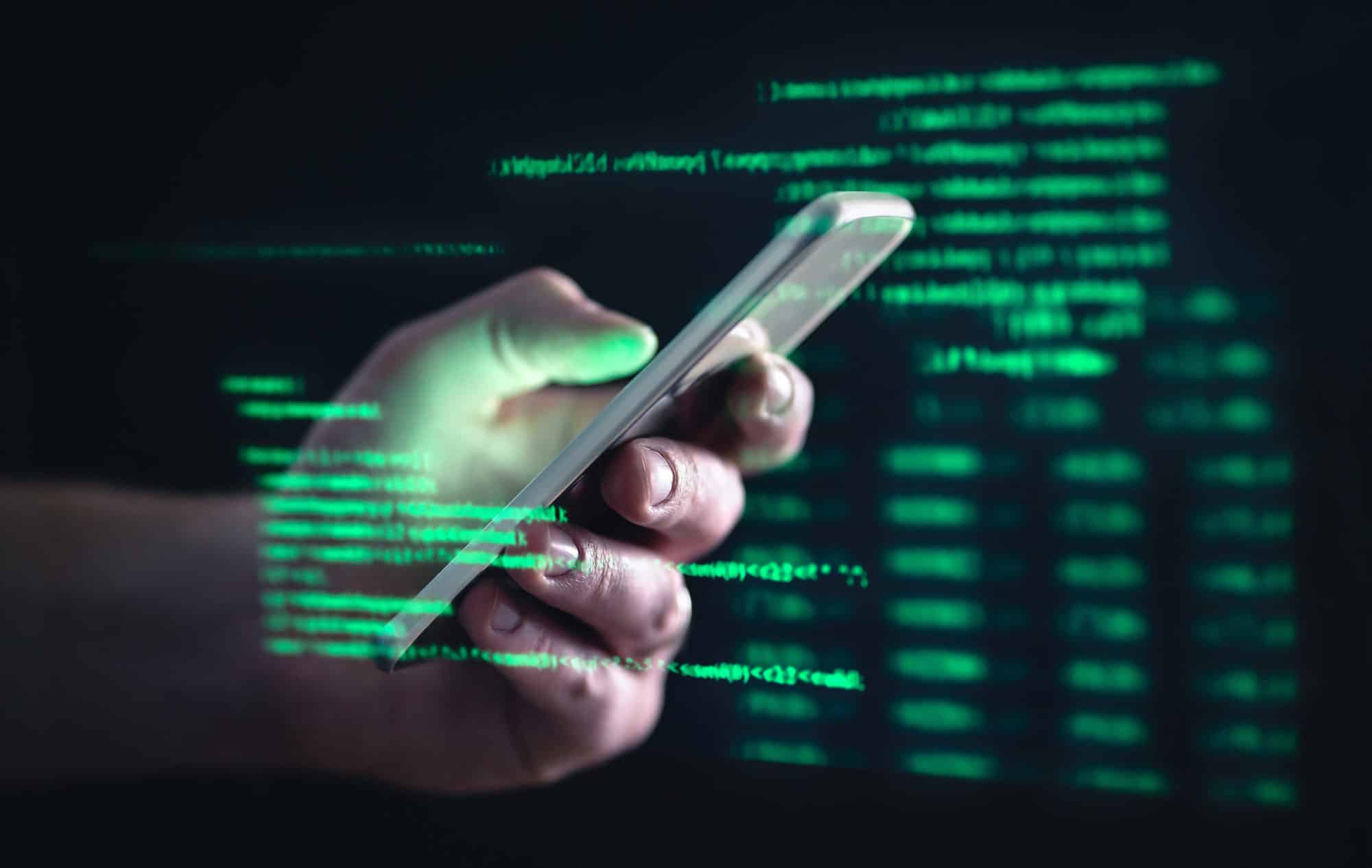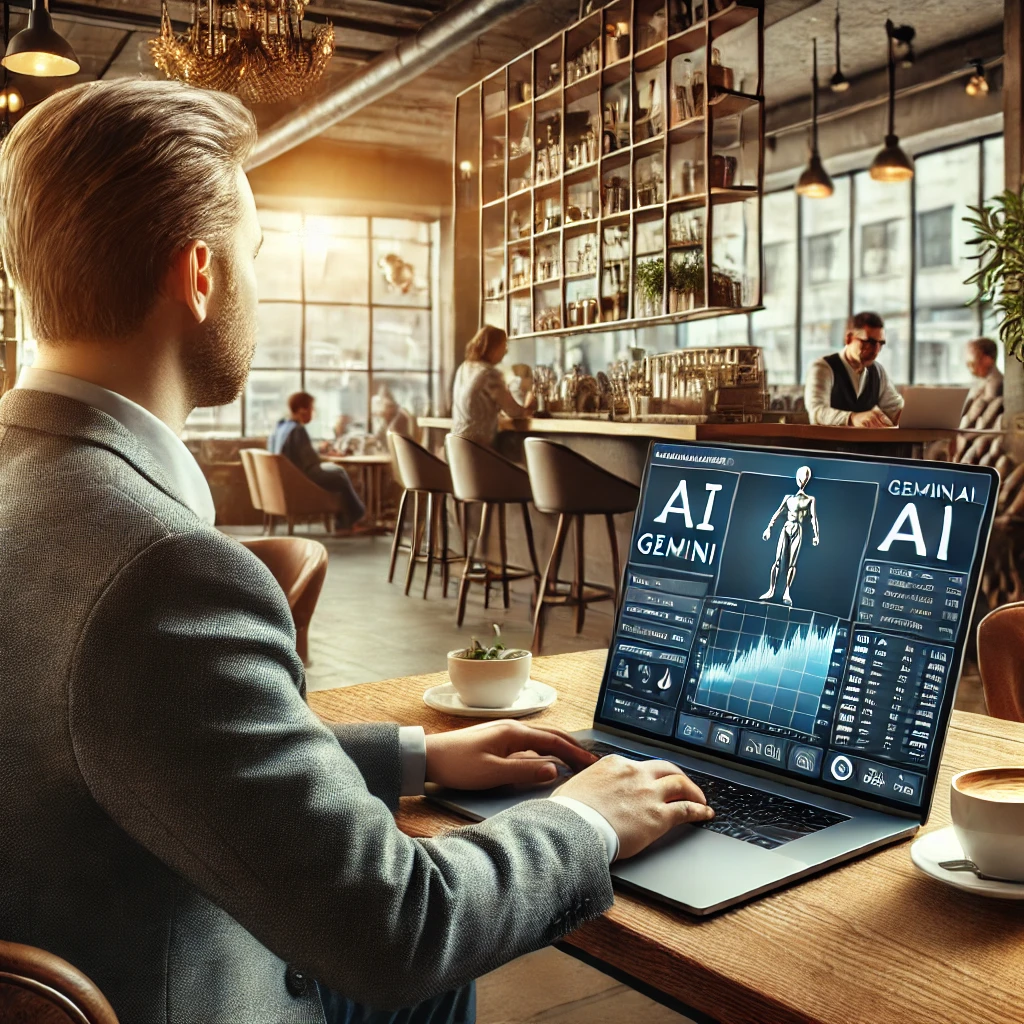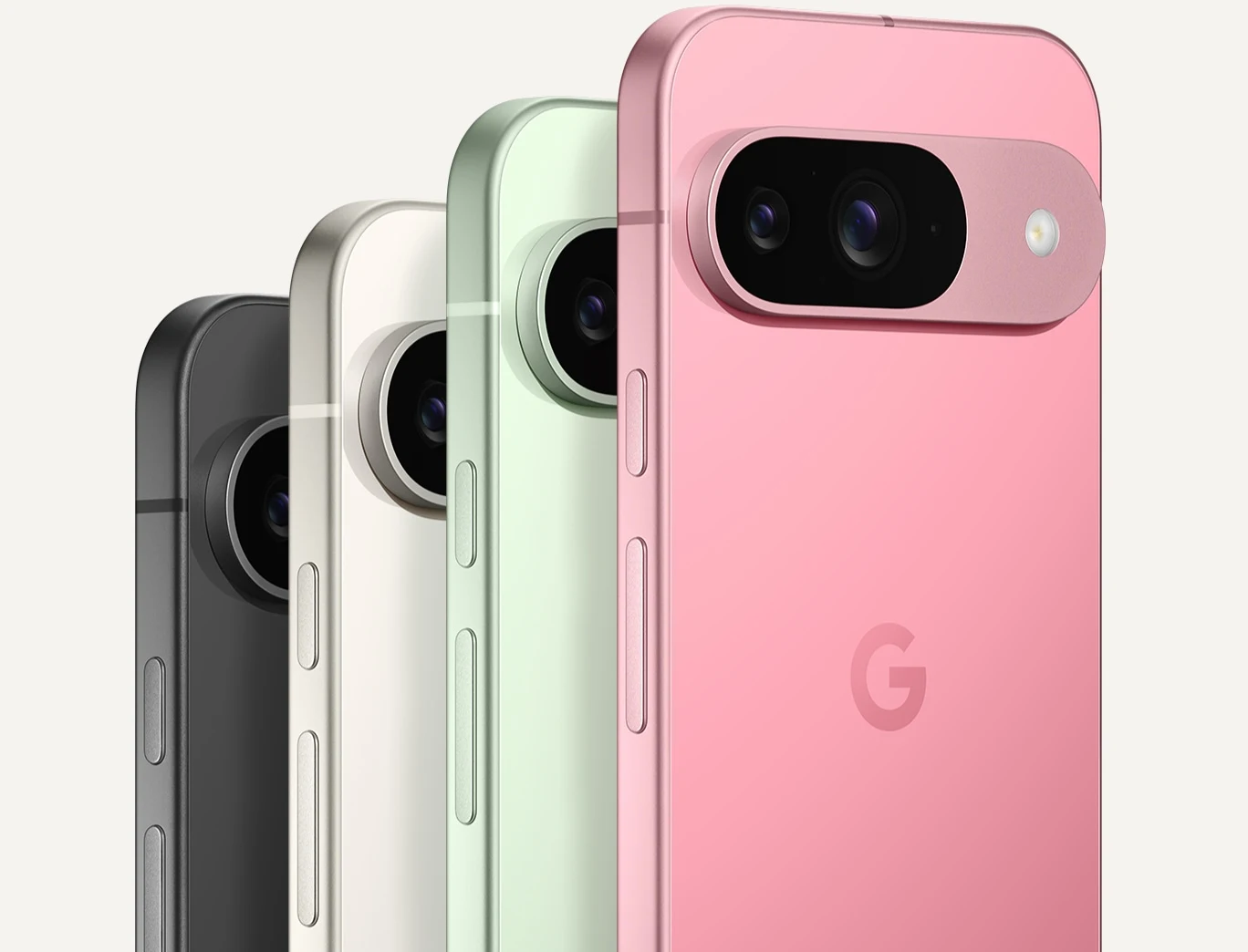The argument over Android vs. iPhone has been going on for more than ten years, it is still one of the most talked-about issues among smartphone users. It’s important to know the long-lasting differences between Android and iPhone, whether you’re thinking about getting a new phone or just want to know which platform is better. This article looks at both ecosystems and compares their hardware, software, ecosystems, customizability, privacy, and more to help you make a smart choice that will last for a long time.
Getting to Know the Android and iPhone Ecosystems
Before we get into the details of the comparisons, it’s important to know the basics of both platforms.
- Google made Android, an open-source mobile operating system. Samsung, Google, OnePlus, and Xiaomi are just a few of the companies that use it. This makes it the most popular mobile OS in the world.
- Apple’s own operating system, iOS, runs the iPhone. It only works with Apple devices, giving you a seamless experience between hardware and software.
When choosing between Android and iPhone, it’s important to know these key differences. The ecosystem you choose will affect everything from how you use your phone to how well apps work and how private your data is.
1. Different Kinds of Hardware and New Ideas

Android: So Many Options
Android’s best feature is how many different things it can do. There are a lot of different Android phones to choose from because many companies make them:
- Phones that cost a lot of money
- Designs that can be folded or flipped
- Phones with huge batteries or crazy camera setups
For instance, the Galaxy Z Fold 5 from Samsung and the Pixel 8 Pro from Google both run the same OS but have very different hardware features. This variety gives customers the power to find a phone that meets their needs.
iPhone: High-End Consistency
Apple, on the other hand, only makes a few new models each year. The iPhone 17 lineup keeps up the trend of sleek, uniform designs made with high-quality materials. Apple controls both the hardware and the software, which makes everything work better, but there are fewer choices.
Verdict: If you like variety, Android is the best choice. The iPhone is the best choice for a consistent, high-quality experience.
2. Software and the User Experience
iPhone (iOS): Smooth and Easy to Use
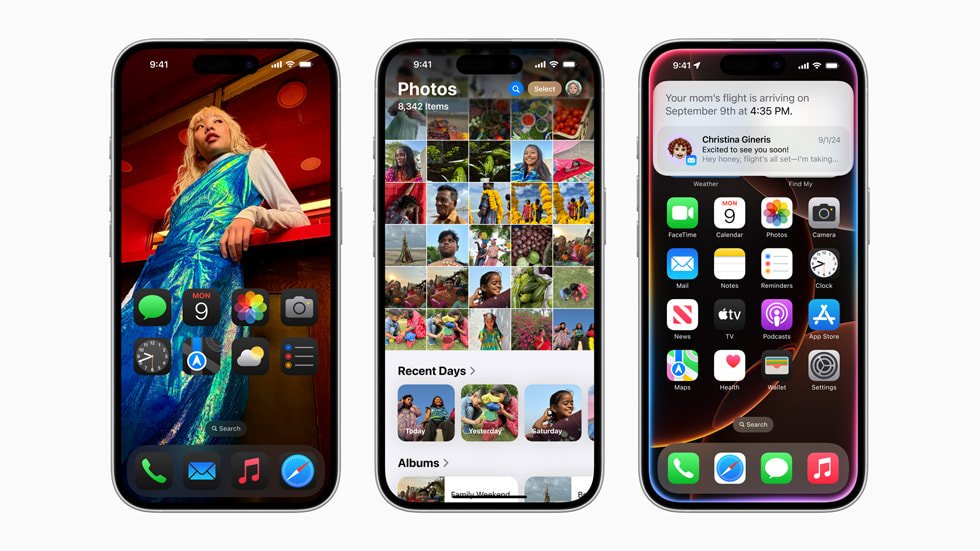
People like iOS because it is easy to use and works well with other apps. Things like:
- Continuity between Apple devices like the Mac, iPad, and Apple Watch
- Updates to software on all iPhones on time
- Apps on the App Store go through strict quality checks
All of these things help make the experience smooth and safe. One of the best things about iPhones compared to Android phones is that they get iOS updates for many years.
Android: Adaptable and Full of Features
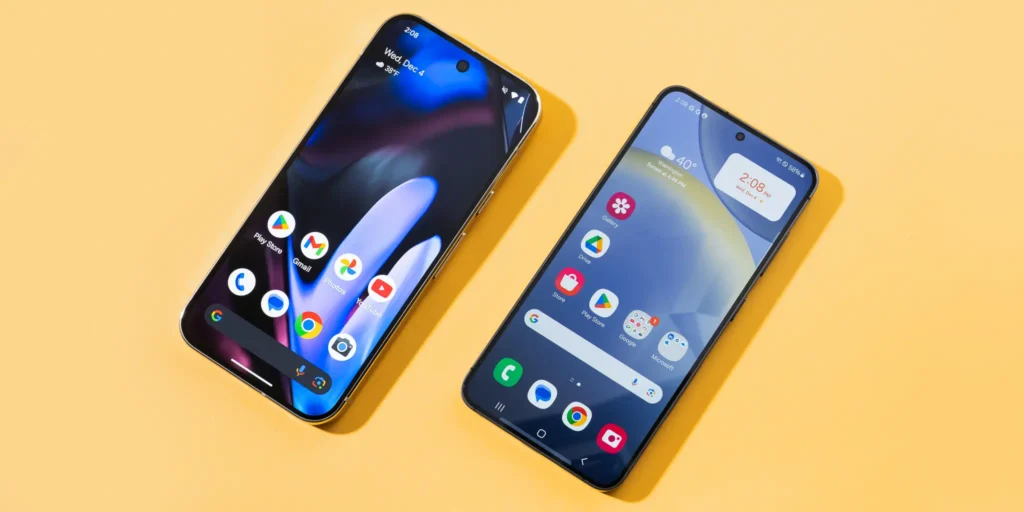
Android lets you customize a lot:
- Launchers that are made just for you
- Themes and widgets
- Multitasking on two screens
Android users also often get to try out new features before anyone else, like reverse wireless charging or camera software that uses AI. But updates to software don’t happen the same way on all devices. Google’s Pixel phones get updates on time, but many other Android phones don’t.
Verdict: The iPhone is better at being consistent and simple, while the Android is better at being flexible and new.
3. The App Ecosystem and Quality
Availability of Apps
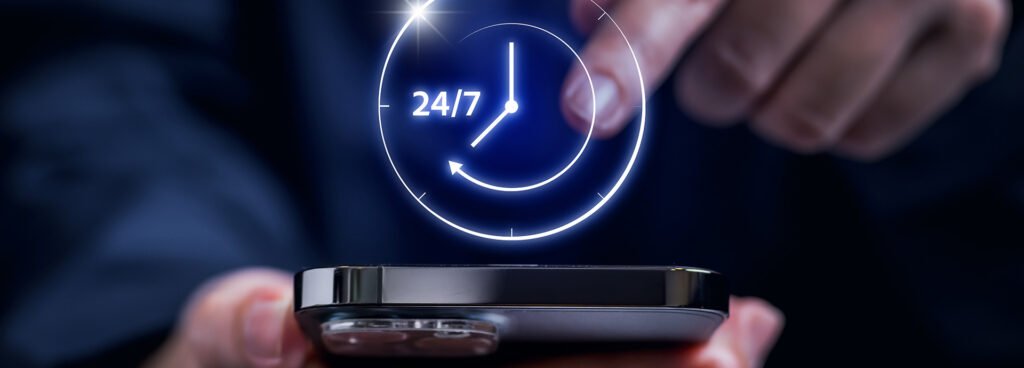
You can get most big apps on both platforms. But developers usually release new apps or updates on iOS first because people who use it tend to spend more money.
Quality of Apps
Apple’s strict rules for making apps mean that iOS apps usually run better and look more consistent. Android apps come in a wide range, but their quality can change depending on the device and OS version.
Verdict: If you care about app polish and early access, the iPhone is the better choice. Android still has a wide range of apps.
4. Control and Customization
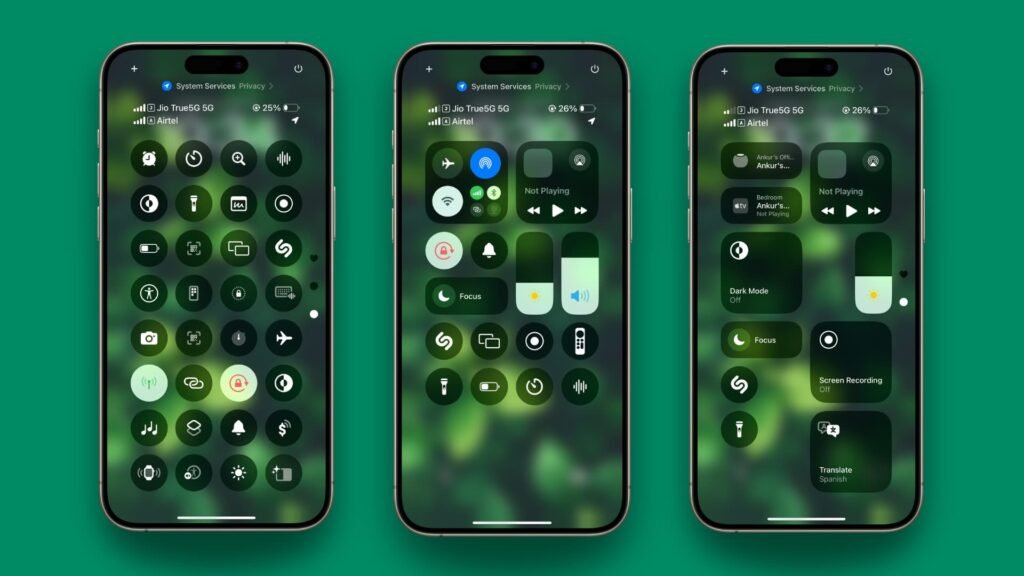
Android: The King of Personalization
People who use Android can:
- Change the default apps (for messaging and browsing)
- Install apps from places other than the app store
- Make a lot of changes to the home screen
Advanced users can even root their devices to get even more control. There is no other level of freedom like this.
iPhone: A Controlled Experience
Apple limits how much you can change things to keep them stable and safe. iOS now has widgets and app libraries, but it’s still not as flexible as Android. It’s not easy to change the default apps or install software from outside the App Store.
Verdict: Android is the best for customization. The iPhone is easy to use, but you can’t change much.
5. Safety and Privacy
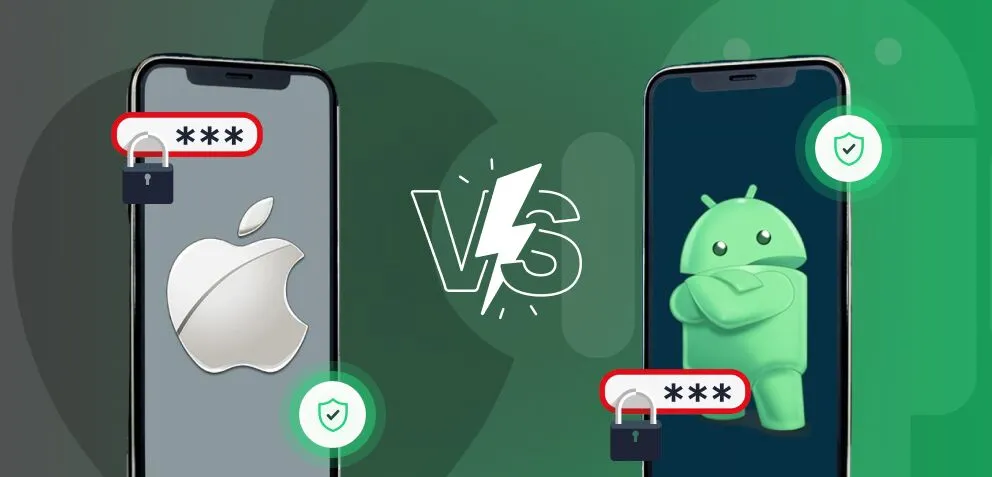
iPhone: Privacy Comes First
Apple cares about user privacy and offers features like:
- Transparency in App Tracking
- Face ID and Siri work on the device
- iMessage and FaceTime are encrypted from start to finish
Apple’s business model doesn’t depend on collecting a lot of data, so it’s a better choice for people who care about their privacy.
Android: Getting Better, but Still Broken
Google has made progress in privacy with Android 13 and later, adding:
- Controls for permissions for each app
- Dashboards for privacy
But because Android is open and third-party manufacturers can make changes, there are more variables that could make it more vulnerable.
Verdict: The iPhone is clearly the best when it comes to privacy. Android is getting better, but it’s still behind.
6. Working with Other Devices
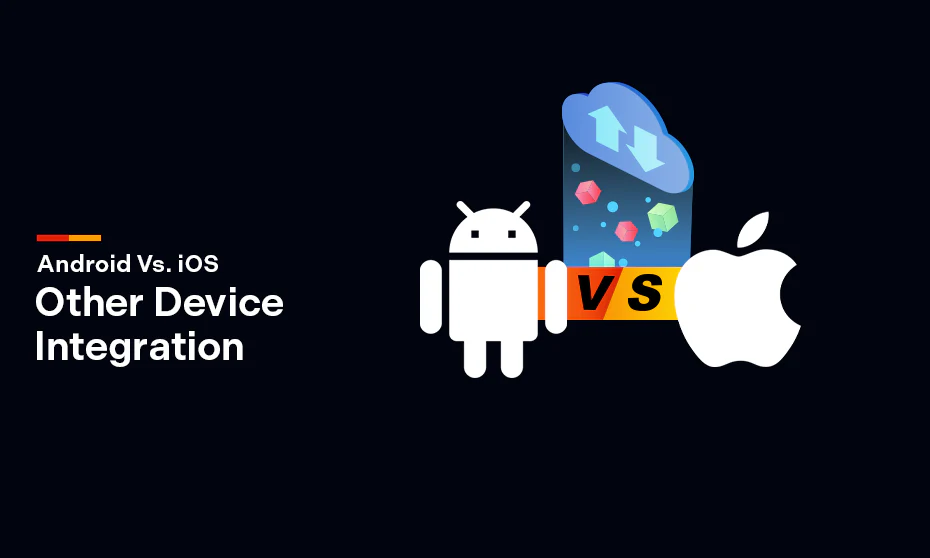
iPhone: Works Perfectly with Other Apple Products
Integration with other Apple products is one of the company’s biggest strengths:
- Switching between iPhone, iPad, and Mac
- You can use AirDrop, iMessage, and FaceTime on all of your devices
- Pairing an Apple Watch with AirPods is easy
This makes for a digital experience that is hard to beat.
Android: More Brand-Specific
It depends on the maker for integration. For example, Samsung’s phones, tablets, and watches all work together. Chromebooks and Nest devices are becoming more and more connected to Google’s Pixel line. But Android’s integration isn’t as widespread.
Verdict: The iPhone has a better ecosystem for multiple devices. Android is different for each brand.
7. AI and Voice Assistants
Android (Google Assistant): Smart and Useful
Google Assistant is still the best digital assistant:
- Understands the situation
- Works with Google services
- Good for controlling and automating smart homes
Live transcription, call screening, and real-time translation are some AI features that make Android better.
Siri on the iPhone: Reliable but Limited
Siri has gotten better, but it still doesn’t have as many features as Google Assistant. Apple puts privacy first by processing data on the device, which makes Siri less useful in some ways.
Verdict: Android with Google Assistant has a better voice experience. The iPhone has a more limited assistant that focuses on privacy.
8. Charging and Battery Life
Android: Bigger Batteries That Charge Faster
A lot of Android phones have:
- Batteries with more power
- Charging quickly (both wired and wireless)
- Charging wirelessly in reverse
Some models can go from 0% to 100% in less than 30 minutes.
iPhone: Best Use of Resources
Apple makes software and hardware work better together to get the most out of the battery. Even though iPhones have smaller batteries, they often last just as long because they are more efficient. Charging speeds, on the other hand, are still slower.
Verdict: In terms of charging speed and battery flexibility, Android is the clear winner. The iPhone has a long-lasting battery, but it takes longer to charge.
9. Long Life and Software Support
iPhone: Updates for a Long Time
Apple sends out iOS updates for devices that are at least five years old. This long support cycle makes the phone last longer and increases its resale value.
Android: Not Always Reliable, But Getting Better
Google and Samsung now promise up to five years of updates for their best phones. But a lot of other Android brands still don’t live up to their promises.
Verdict: The iPhone is better for long-term support. Android is getting better, but it’s still not always reliable.
10. Value and Price
Android: Choices for All Budgets
There are good Android phones for less than $300 and top-of-the-line flagships for more than $1,000. This range of prices makes Android available to more people.
iPhone: High Prices
Prices for Apple phones are higher at the start. Even older models keep their value, but they cost more at first.
Verdict: Android is better for people with different budgets. The iPhone is worth the money because it lasts a long time and has ecosystem benefits.
Examples from the Real World
- Student on a Budget
- Best Choice: Android
- Reason: Cheap phones with good specs and access to Google’s learning tools
- Professional with More Than One Apple Device
- Best Choice: iPhone
- Reason: Seamless ecosystem, strong security, and integrations for productivity
- Tech Enthusiast and Power User
- Best Choice: Android
- Reason: Customization, advanced features, and trying out different hardware
- An Older Person Looking for Ease
- Best Choice: iPhone
- Reason: Clean UI, consistent experience, and long-term support for the software
The Final Decision: Android vs. iPhone
There isn’t a single answer to the question of which is better, Android or iPhone. Your best choice depends on what you value most:
| Feature | The Winner |
|---|---|
| Different kinds of hardware | Android |
| Updates to software | iPhone |
| Personalization | Android |
| Privacy | iPhone |
| Voice Help | Android |
| Putting things together | iPhone |
| Battery and charging | Android |
| Quality of the App | iPhone |
| Choices for the Budget | Android |
Conclusion
In the end, whether you choose an Android or an iPhone will depend on your own tastes and way of life. Android is great because it is flexible, has a lot of options, and is a good value. iPhone is the best when it comes to privacy, software longevity, and easy integration.
Finding the ecosystem that meets your needs is the best way to go. This could be based on your budget, security, or customization. Both Android and iPhone keep getting better, no matter which one you choose. They both offer powerful, reliable, and easy-to-use experiences that will last.
This all-in-one guide is meant to be a timeless resource that will help people compare the two most popular mobile platforms for years to come.

